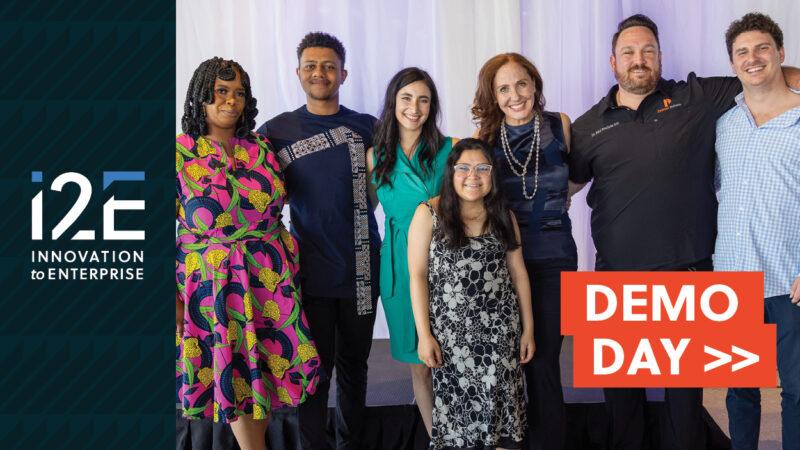OSSM’s Virtual Regional Center brings added educational opportunities and challenges to rural high school students
By Scott Meacham
I received a thoughtful question this week, prompted by my recent series of columns about the Oklahoma School of Science and Mathematics (OSSM). One of my favorite statistics about OSSM is that every student who graduates goes to college. The question I received was, and what happens after that?
The first step, as with college-bound seniors everywhere, is that OSSM students have to figure out how to pay for books and tuition, room and board.
For the past five years, the average college scholarship offer at OSSM was $214,000 per student. Additionally, because all courses at OSSM are taught at a collegiate level utilizing collegiate textbooks, most OSSM graduates enter college with qualified credits already on their transcripts. The rigorous OSSM courses help shorten the number of courses that many students need to graduate.
College Choices
So, where do the OSSM graduates go to college? From state universities, to MIT and Carnegie Mellon University, from liberal arts colleges to the Ivies, OSSM STEM students enroll in the highest ranked public and private institutions in the country. Of strategic importance to Oklahoma’s innovation economy, about three-quarters of OSSM’s residential and regional graduates attend colleges and universities right here in our state.
More than 85 percent have chosen professions in technical fields. Of the students who have been out of OSSM long enough to complete at least one degree, there are more than 300 practicing engineers and more than more than 130 with medical, pharmaceutical, DO, or DDS degrees. More than a dozen have started their own businesses. There have been more than 70 Ph.D.s, and more than 75 who served in the armed forces. There are teachers, attorneys, and dentists.
Importantly for Oklahoma, more than half of OSSM graduates who have entered the workforce are working right here in our state.
The next top of mind question, then is, if there are this many young Oklahomans with such an appetite for mathematics and science and all the innovation that can bring to Oklahoma, how do we reach similar students who can’t attend OSSM as residents with an opportunity for more science and math than is taught in most of our state’s high schools? That’s where OSSM’s Virtual Regional Center comes in.
Virtual Instruction
Jessica Decker, OSSM graduate in 2008, has been an OSSM instructor since 2012 in various courses on the main campus. In 2020, she became instructor of OSSM’s Virtual Regional Center.
“I am a lot like my students,” Decker said. “I had taken Algebra 2 as a sophomore, and that was all the math there was to take. A physics teacher from OSSM came and talked to all the sophomores about OSSM. I thought it sounded perfect for me. At OSSM, I fell in love with math and science in a whole new way.”
The Virtual Regional Center brings added educational opportunities and challenges to rural high school students. Today Decker instructs students virtually from all over the state. “Oklahoma has a severe teacher shortage for STEM fields in rural areas,” she said. “The Regional Centers and the virtual classes were created exactly for students who have accessed all the math and science available to them–students who can’t or don’t want to attend the main campus, but need advanced science or math to become doctors or engineers or whatever they want to be.”
And that’s the point.
Taking residential and regional center students, there have been about 2,500 graduates. There are high school students all over Oklahoma who, if they knew about this opportunity, could gain access to the courses they need for the careers they want.
“I could take on more students,” Decker said. “The most important thing for a student to be successful in these classes is motivation. They don’t have to be exceptionally brilliant. I love my students. We can make a difference everyday with them. I know because this education made a difference for me.”
Scott Meacham CEO of i2E Inc., a nonprofit corporation that mentors many of the state’s technology-based startup companies. i2E receives state support from the Oklahoma Center for the Advancement of Science and Technology and is an integral part of Oklahoma’s Innovation Model. Contact Meacham at [email protected].








